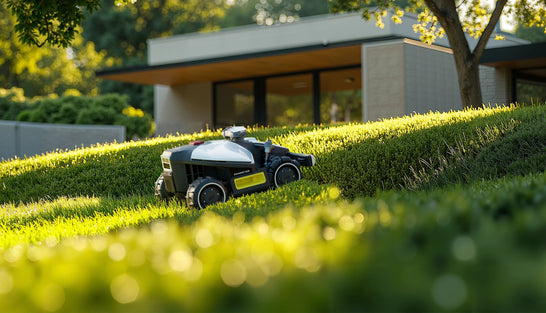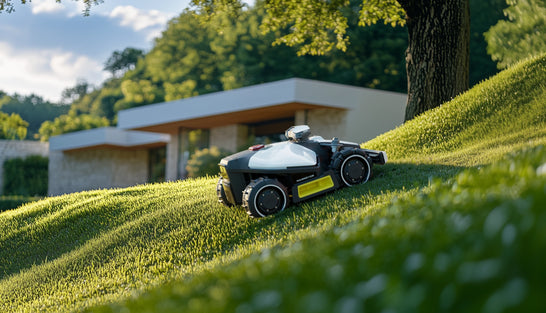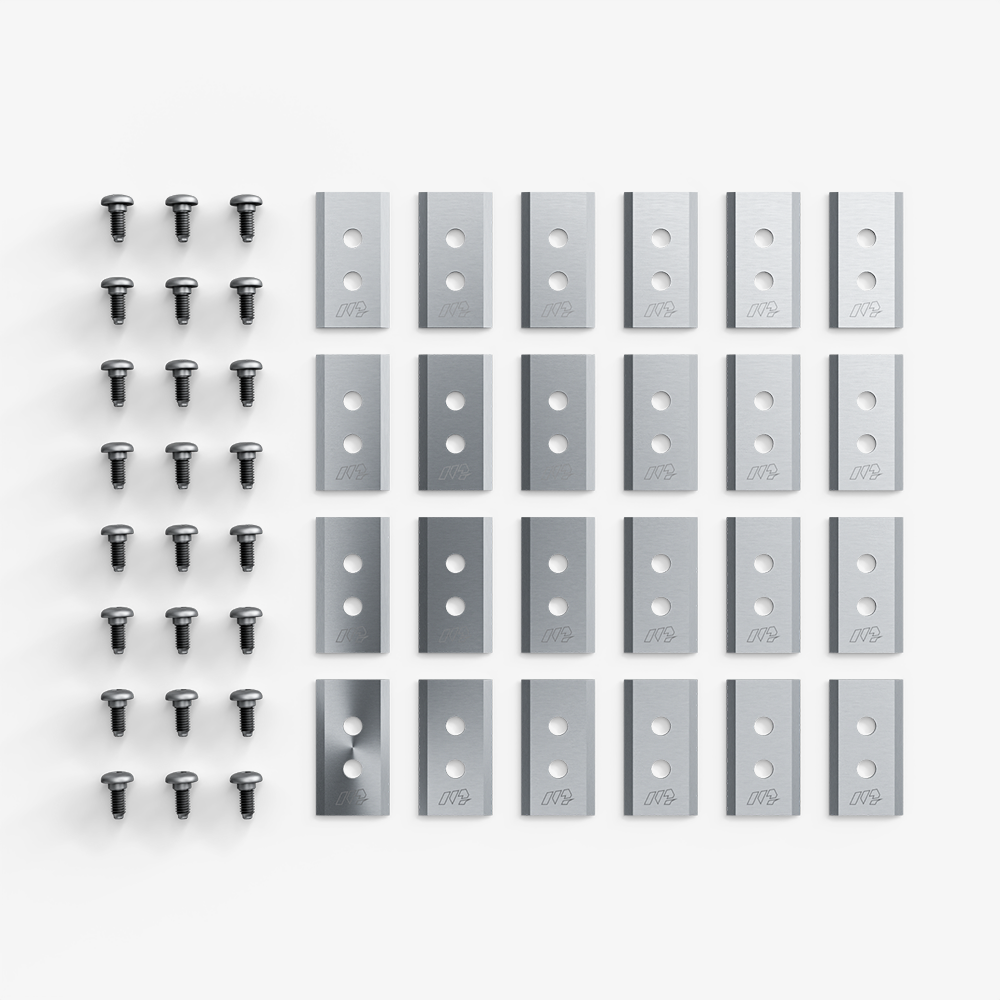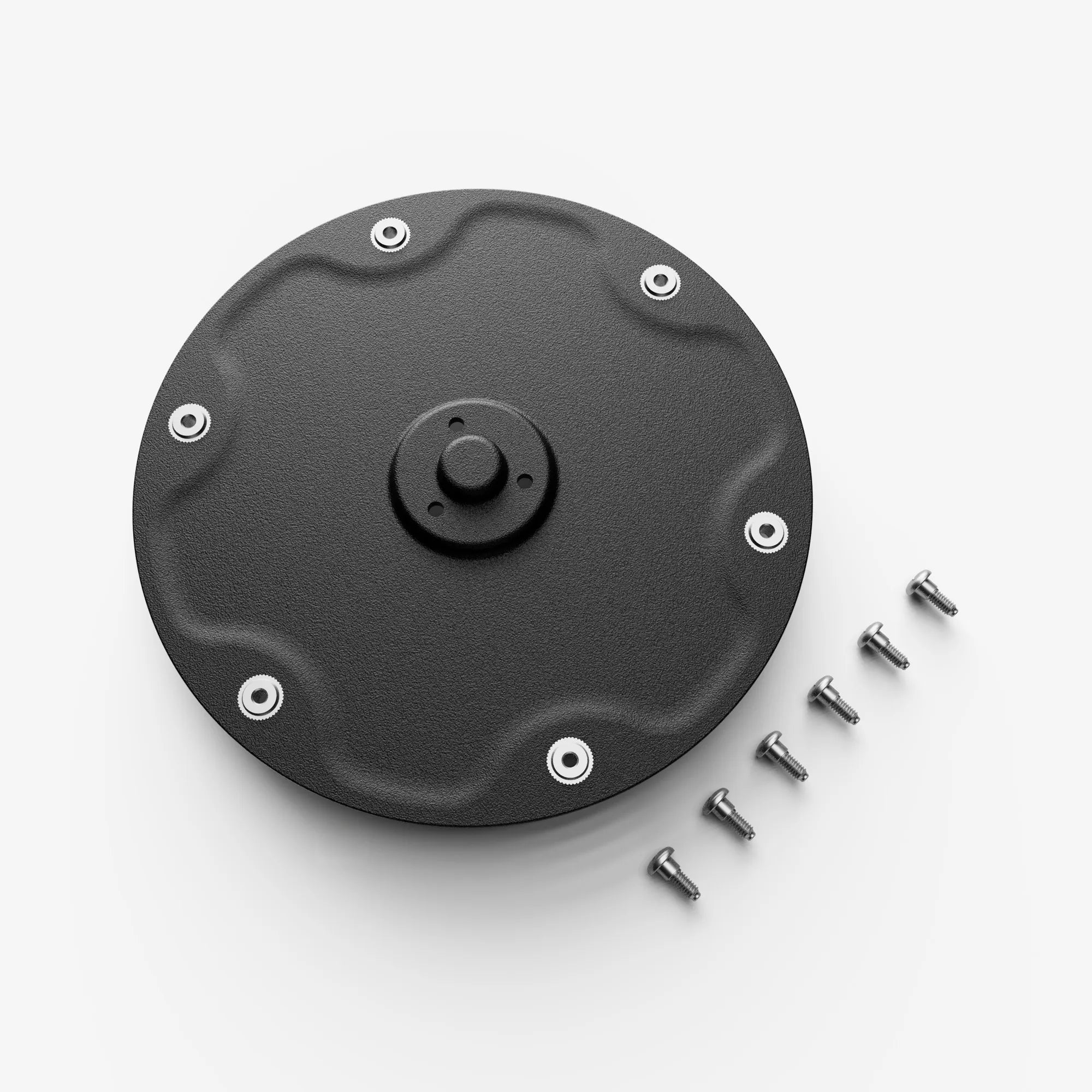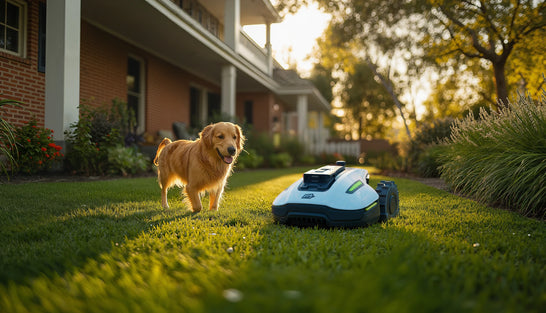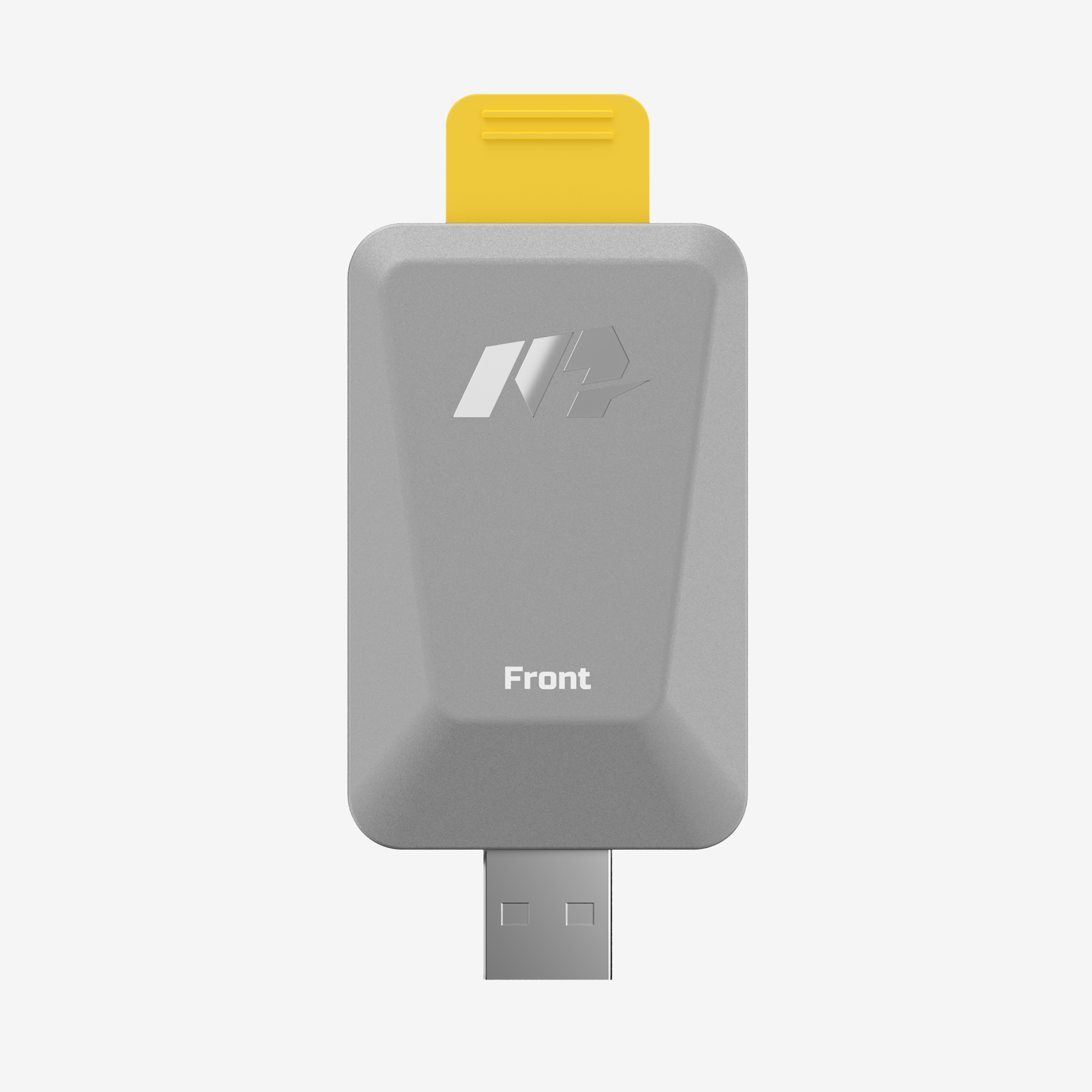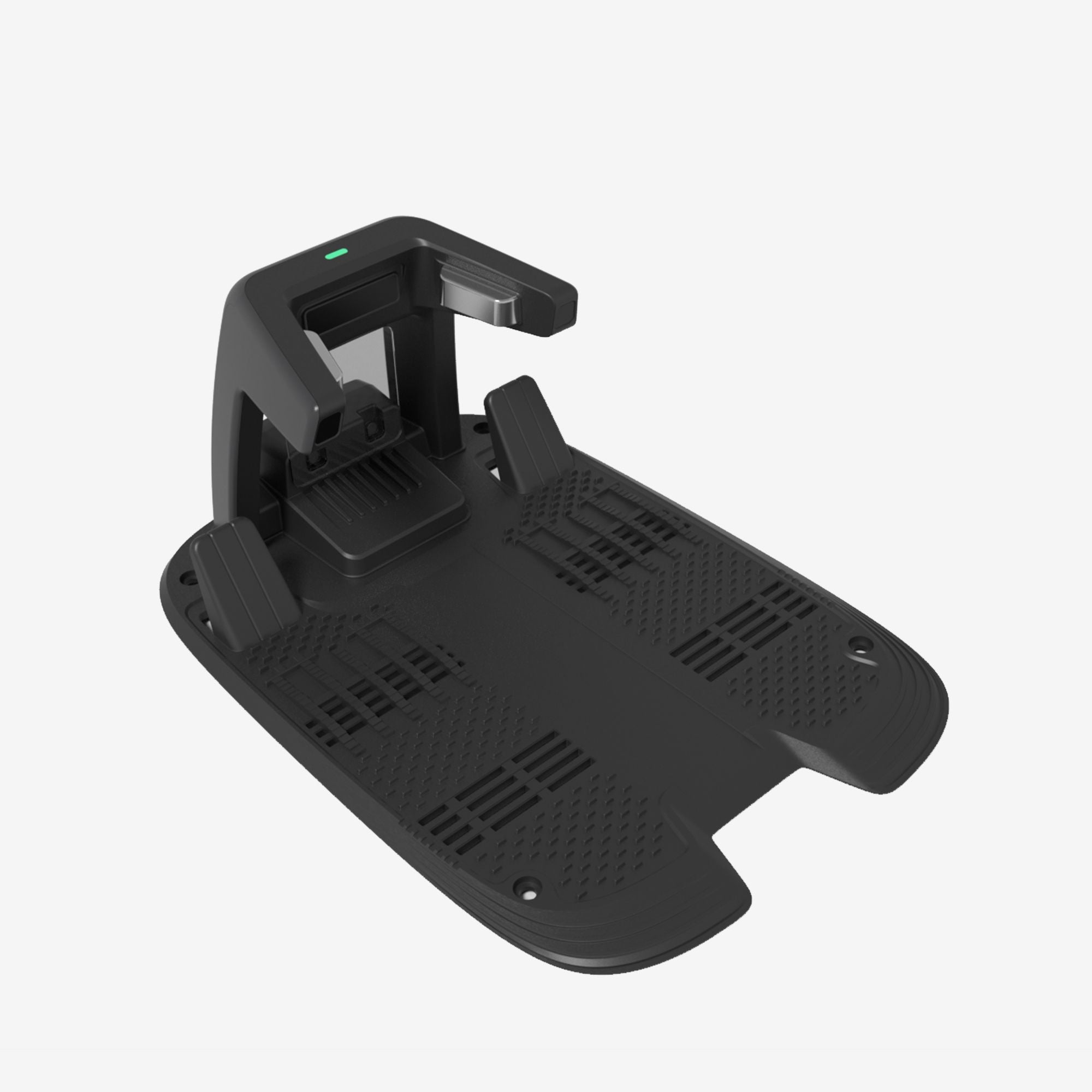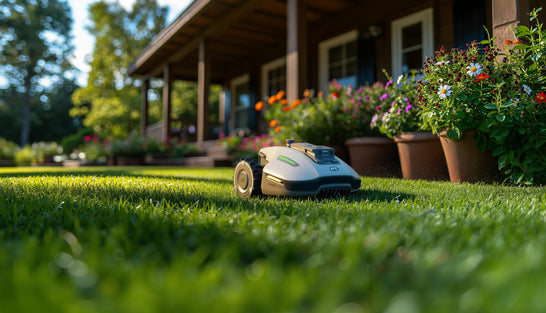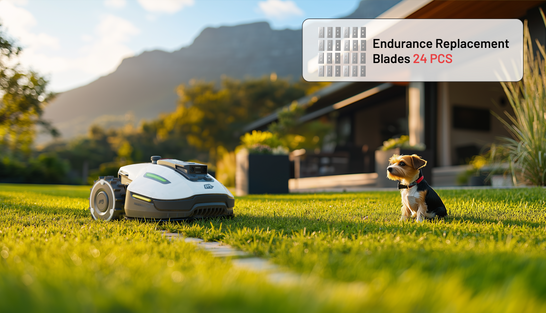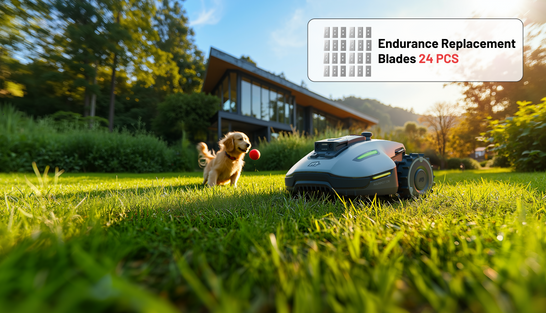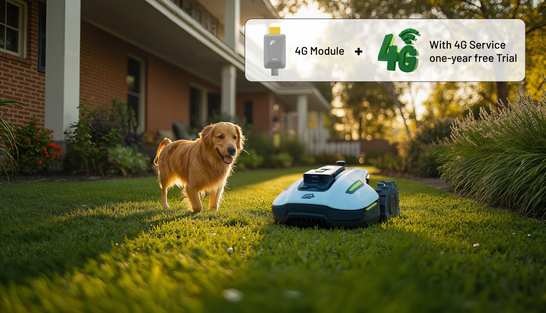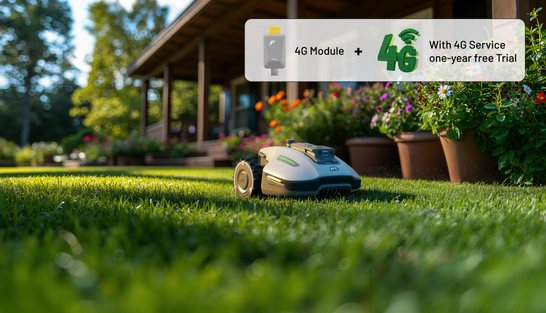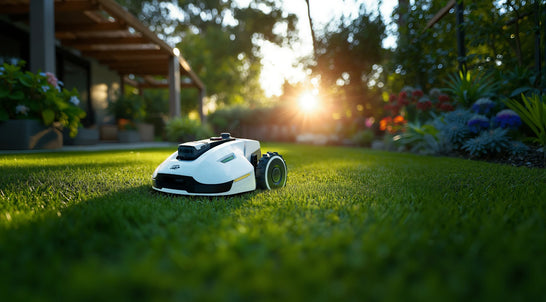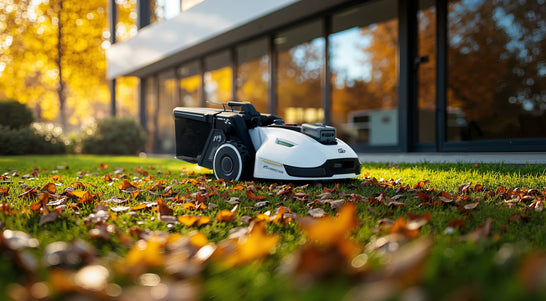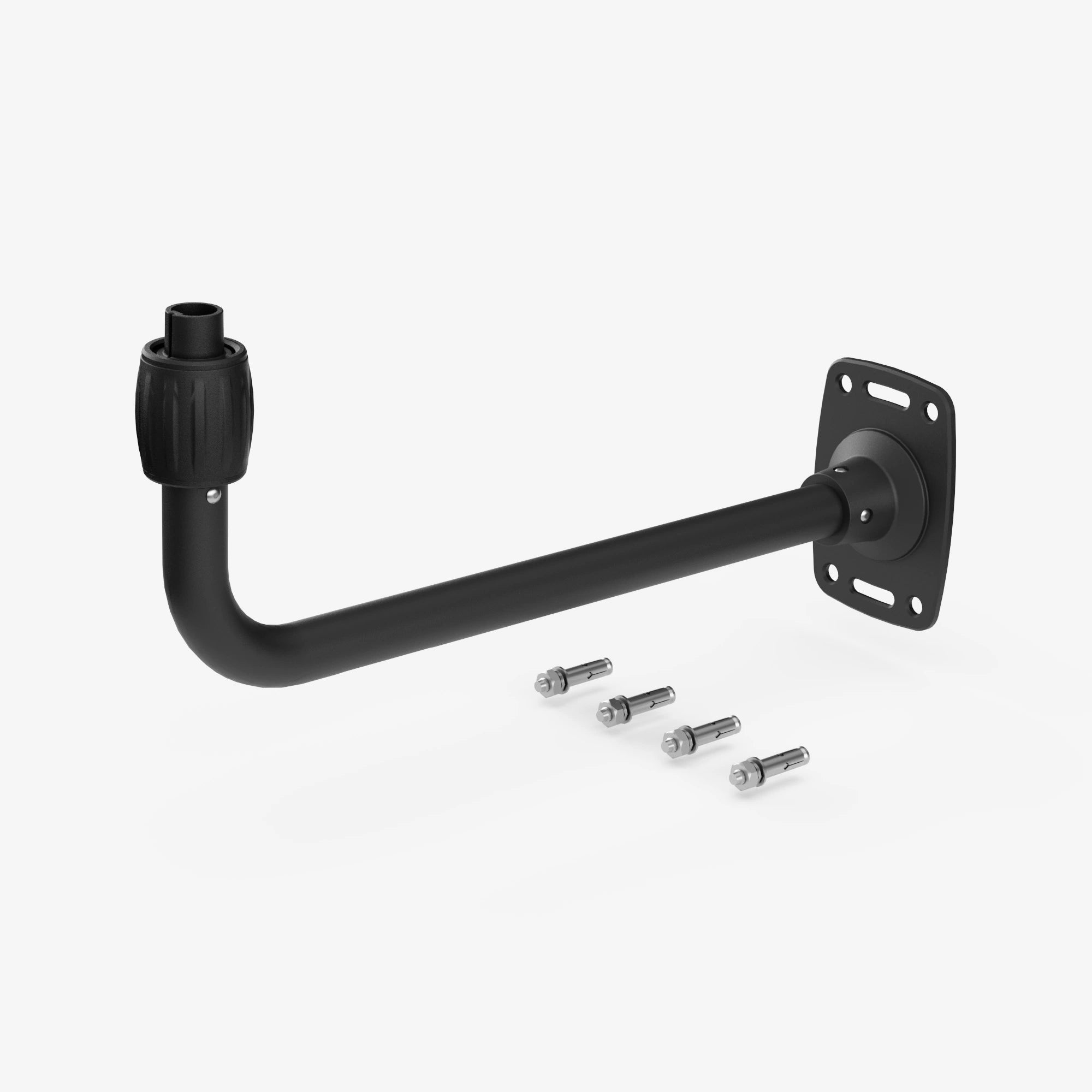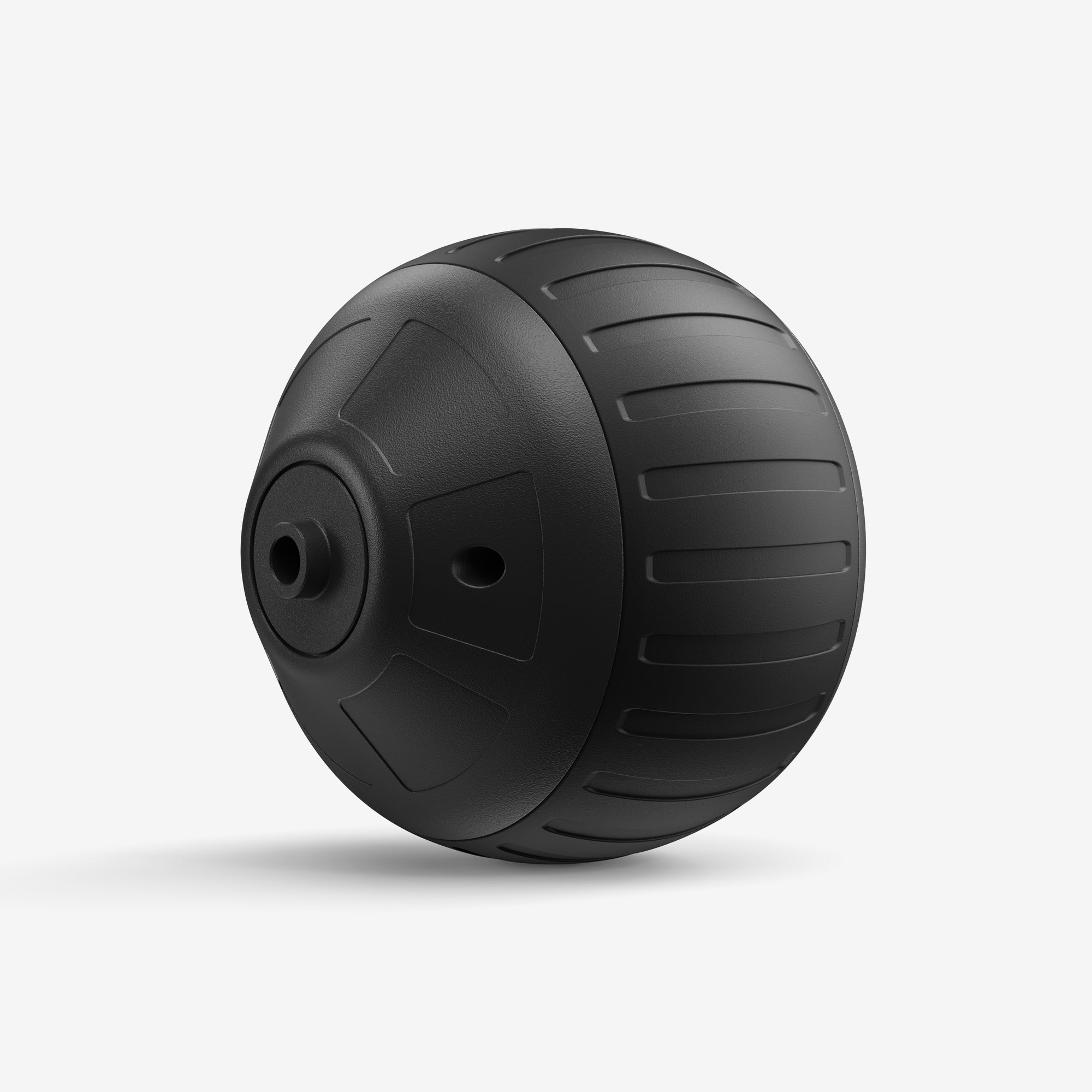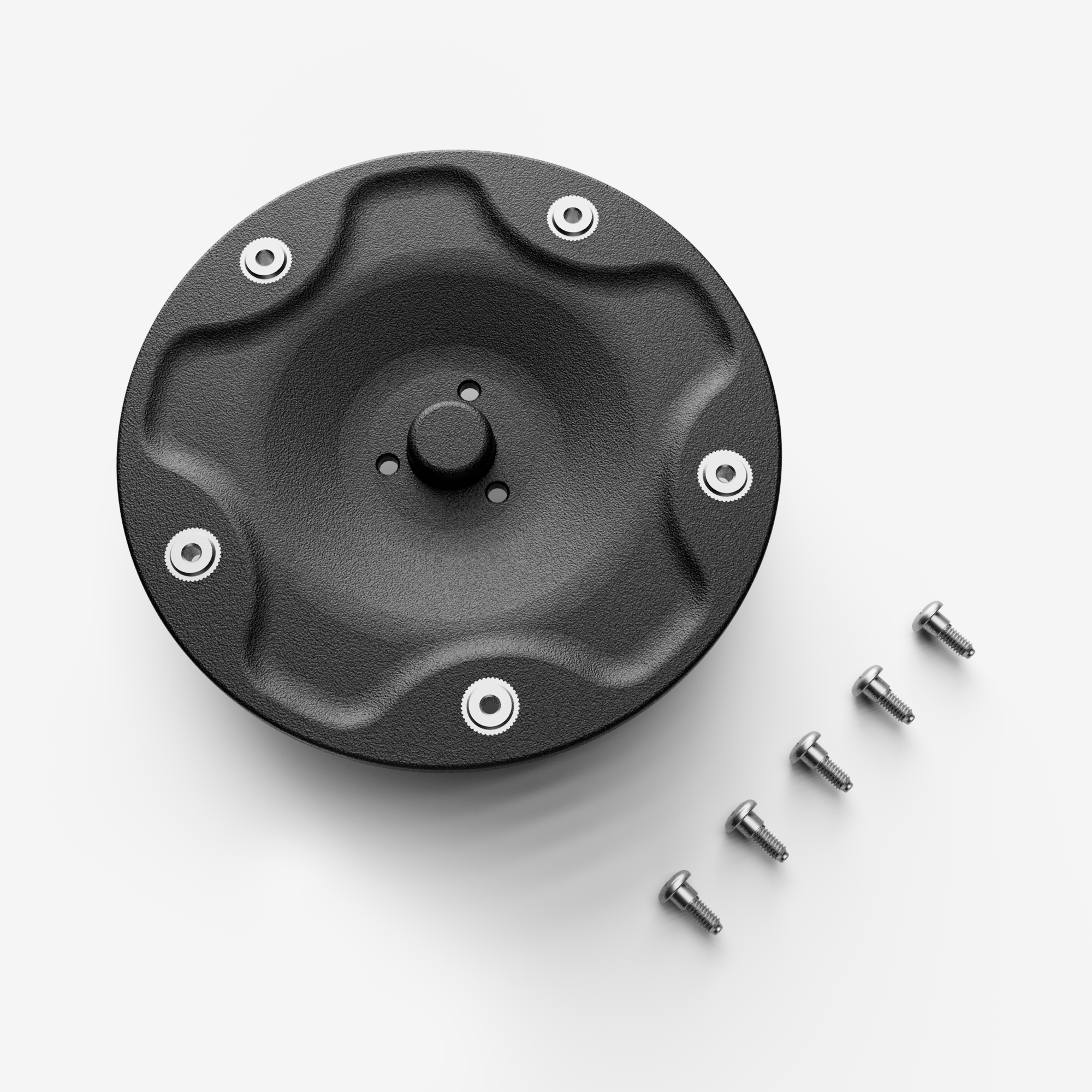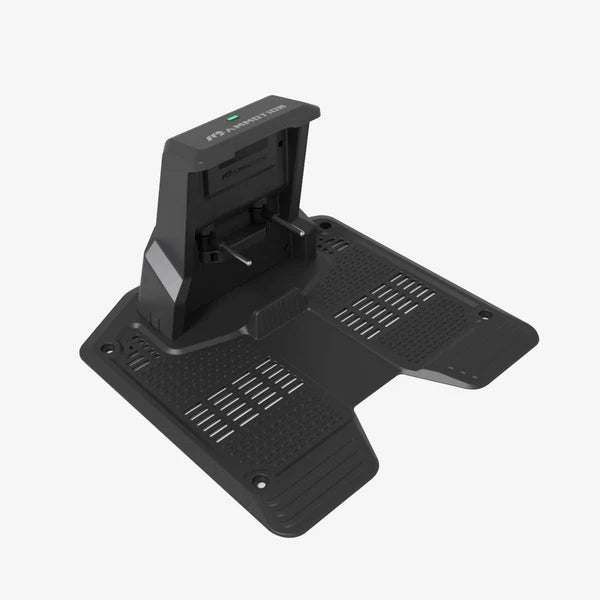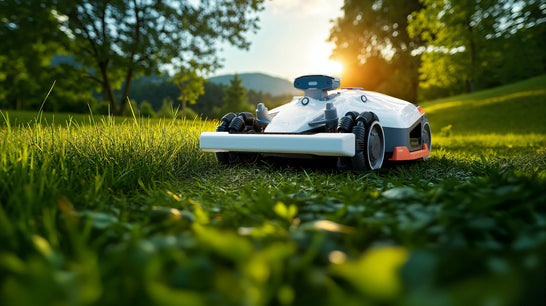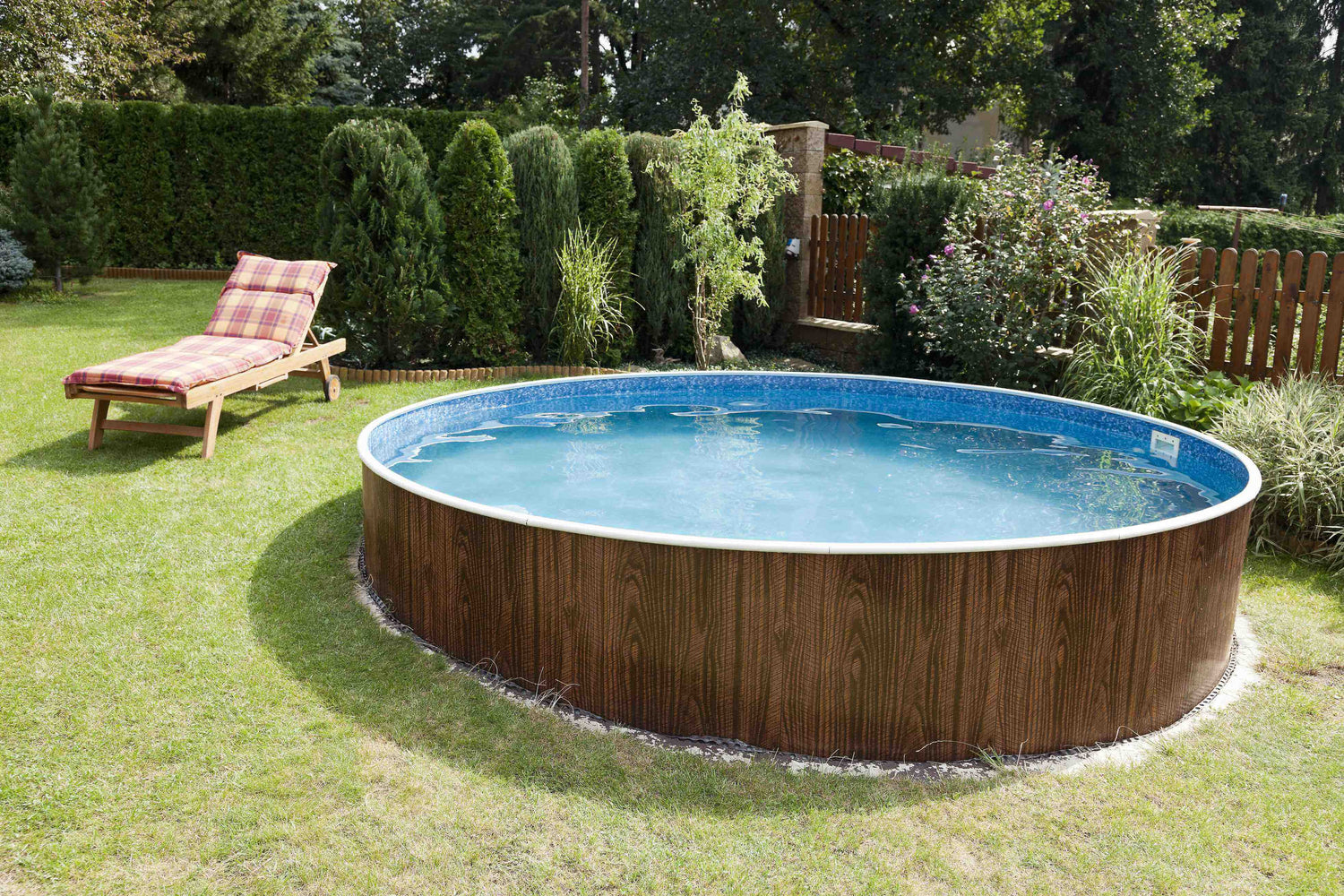Dreaming of a backyard splash zone? Choosing between an above or in ground pool may feel overwhelming—but the right choice comes down to your budget, timeline, and lifestyle. Above-ground pools offer affordable, fast setup for those craving instant fun or flexibility. In-ground pools, meanwhile, demand more investment, time, and upkeep—but reward you with unmatched customization, longevity, and potential home value gain. According to Angi, above-ground pools typically cost only a few thousand dollars and take just a few days to install, while in-ground pools often begin at $55,000 and require weeks of construction.
For many, cost and convenience steer them toward above-ground options; for others, long-term beauty and durability make in-ground pools the smarter centerpiece. Let’s explore both to help you decide which suits your backyard vision best.
What Is an Above-Ground Pool?
An above-ground pool is a standalone swimming pool that sits atop the ground rather than being excavated into your yard. Typically supported by a visible frame—made of materials like steel, aluminum, resin, or hybrids of these—above-ground options come in shapes like round, oval, rectangular, or kidney-shaped. The walls typically rise up to around 4–4.5 feet high, a depth ideal for cooling off and casual splashing rather than diving.
They’re offered in diverse styles—from inflatable and resin-frame kits perfect for renters, to sturdier steel or hybrid models suited for long-term use. Modern iterations even include luxurious or unconventional designs, such as wooden-framed pools, container pools, or those outfitted with built-in decks and lighting.
Installation is typically quick—most above-ground pools can be assembled in just a few days or less. Many homeowners enjoy the DIY aspect, though a level surface, proper base (like sand), and occasional professional help for plumbing or electrical setup are recommended.

What Is an In‑Ground Pool?
An in-ground pool is a permanent, excavated structure embedded into your backyard landscape. Built with materials such as concrete (gunite/shotcrete), fiberglass, or vinyl liner, these pools offer a wide range of customization options—from unique shapes and depths to built-in features like lighting, waterfalls, and spas.
- Concrete (Gunite/Shotcrete) pools are known for their durability and endless design flexibility, though they come with higher installation and maintenance costs
- Fiberglass pools use pre-molded shells installed quickly into a dug hole. They’re low-maintenance, resist algae, and install faster—yet offer less design flexibility.
- Vinyl liner pools feature flexible liners mounted over a metal or plastic frame. They offer affordability and shape versatility, though the liners may require periodic replacement.
In-ground pools generally take weeks to months to install, involving excavation, plumbing, permits, and potential landscaping. Though they demand a higher initial investment and upkeep, they stand the test of time—often lasting 20 to 50 years—and can significantly enhance your backyard’s aesthetic and property value
Pros and Cons of Above‑Ground Pools
Pros of Above‑Ground Pool
1. Highly affordable
Above-ground pools are among the most budget-friendly options, often costing a fraction of in-ground models. Typical setups range from around $1,500 to $7,000, depending on size and materials.
2. Quick and easy installation
Many can be assembled in just a few days, even by DIY enthusiasts. Some higher-end kits can be installed with minimal preparation.
3. Portable and flexible
These pools can be disassembled and relocated—a big plus for those unsure of long-term plans, renters, or anyone wanting seasonal use.
4. Lower upkeep
With a smaller water volume and simpler systems, maintenance tends to be easier and less costly compared to in-ground pools.
5. Enhanced safety features
Raised walls and optional removable ladders can reduce the risk of unsupervised entry, especially for young children or pets
Cons of Above‑Ground Pool
1. Limited aesthetics and customization
Designs are generally mainstream—round, oval, or rectangular—with minimal landscaping integration and fewer personalization options
Swimmer Living.
2. Shorter lifespan
Even well-maintained above-ground pools typically last only 10–15 years—far shorter than durable in-ground installations.
3. Potential property value drawbacks
Unlike in-ground pools, above-ground models rarely increase resale value and, in some cases, may even deter buyers.
4. Susceptibility to damage and weather
Materials like vinyl and metal can degrade from UV exposure and shifting soils. Liners are especially prone to wear, and structural issues may arise if not perfectly installed.
Pros and Cons of In‑Ground Pools
Pros of an In‑Ground Pool
1. Exceptional Aesthetics & Customization
In-ground pools are renowned for blending seamlessly with your landscape and home design. Whether you envision natural stone finishes, elegant lighting, tanning ledges, or integrated spas, the sky’s the limit. Their visual appeal alone can transform a backyard into a stylish retreat.
2. Longevity & Durability
Made from hardy materials like concrete, fiberglass, or vinyl liner, in-ground pools are built to last. With proper care, a concrete or gunite pool can endure for decades, offering a lasting investment.
3. Property Value Enhancement
In regions where pools are in demand—such as warmer climates—an in-ground pool can add real appeal to prospective buyers. Studies show they can recoup around 56% of their installation cost, particularly when combined with thoughtful landscaping.
Cons of an In‑Ground Pool
1. High Cost & Long Installation
These pools come with a hefty price tag. Costs typically range from $37,000 to $67,000, though simpler models may start lower. Installation involves excavation, plumbing, permits, and finishing touches—often stretching over weeks or months.
2. Ongoing Maintenance and Expenses
Maintenance demands are considerable—regular cleaning, chemical balancing, equipment upkeep, and periodic resurfacing or replastering are all necessary. Annual costs often fall between $1,000 to $2,000, with more involved upkeep for concrete finishes.
3. Safety & Liability Concerns
Being level with the ground, in-ground pools can pose a safety risk—especially to children or pets. Homeowners need secure fencing, alarms, or covers to mitigate accidents, which can also affect insurance costs.
In‑Ground vs. Above‑Ground Pools: Key Differences
|
Feature |
Above‑Ground Pool |
In‑Ground Pool |
|
Upfront Cost |
$1,500‑$7,500 (includes installation) |
$25,000‑$65,000 on average; can exceed $100,000 for high-end designs |
|
Installation Time |
A few days to a couple of weeks; often DIY-friendly |
Several weeks to months; involves excavation, permits, and professional labor |
|
Maintenance Costs |
Lower yearly expenses (~$500–$1,000), simple cleaning and chemical needs |
Higher upkeep (potentially $1,000–$2,000/year); complex systems and repairs |
|
Customization & Style |
Limited shapes (round, oval, rectangular); minimal integrations |
Extensive design freedom—shapes, finishes, built-in features like spas or lighting |
|
Lifespan |
Shorter—typically 7–15 years; liners may need replacement every 5–9 years |
Much longer; fiberglass/vinyl last 20+ years, concrete up to 50 years with resurfacing |
|
Property Value |
Rarely adds value; often viewed as temporary |
Can boost resale appeal. ROI may range from 5%–7% of home value in warm markets |
|
Flexibility & Portability |
Highly flexible; can be moved or disassembled |
Permanent; better suited for long-term home investment |
Above or In-Ground Pool: Which Is Better?
So, when it comes to choosing between an above or in ground pool, which is better? The answer depends entirely on your lifestyle, budget, long-term plans, and how you intend to use your pool.
If you're looking for something affordable, quick to install, and easy to remove or upgrade later, an above-ground pool is the logical choice. It's great for families who want summer fun without making a massive commitment. Plus, modern above-ground pools come in sleek designs with decking and semi-permanent options that offer a surprisingly refined look.
On the other hand, if you see your pool as a long-term investment in your home’s value and want a more polished backyard oasis, an in-ground pool is hard to beat. It’s ideal for homeowners planning to stay put, entertain guests, or customize a space to reflect their design vision.
Also, consider climate and property conditions. In warmer regions where pools are usable year-round, an in-ground model may deliver a higher return on investment. For seasonal areas, the portability of above-ground models is a significant perk.
Ultimately, deciding between an above or in ground pool isn’t just about aesthetics or pricing—it’s about how well the pool fits your day-to-day life. Prioritize what matters most to you: flexibility, design, durability, or value. The better your pool aligns with your needs, the more you’ll enjoy it for years to come.

Final Thought
Choosing between an above or in ground pool is a major decision—but it doesn't have to be overwhelming. The best choice ultimately comes down to your goals: short-term affordability and ease, or long-term investment and customization.
Above-ground pools offer fast setup and flexibility, making them a smart pick for budget-conscious homeowners or those who prefer a low-commitment option. In-ground pools, meanwhile, provide lasting beauty and value, often becoming the centerpiece of outdoor living spaces.
There’s no universally “better” choice—just the one that fits your home, lifestyle, and budget best. Consider how long you plan to live in your home, what you want from the pool, and how much maintenance you're willing to take on. By weighing those factors carefully, your decision between an above or in ground pool will be not just practical—but satisfying for years to come.
Frequently Asked Questions
1. Which lasts longer: an above-ground or in-ground pool?
In-ground pools typically last much longer—20 to 50 years depending on materials and maintenance. Above-ground pools usually last 7 to 15 years, though liners may need replacing every few years.
2. Is an above-ground pool easier to maintain than an in-ground one?
Yes. Above-ground pools are generally smaller and simpler, meaning less water, fewer chemicals, and lower maintenance costs. In-ground pools often involve more complex equipment and seasonal care.
3. Does an above-ground pool add value to my home?
Not usually. Most real estate experts consider above-ground pools as temporary features, which rarely impact home value. In-ground pools, however, can increase property appeal, especially in warm climates.
4. Can I install an above-ground pool myself?
Many homeowners choose to DIY install their above-ground pool, especially with modern kits. Just be sure to follow safety and zoning guidelines. In-ground pools always require professional installation.
5. What’s the best option for families with kids?
It depends on your goals. An above-ground pool is safer due to its height and easier access control, making it a popular choice for young families. In-ground pools offer more space for swimming and play but may require added safety features like fencing and covers.

